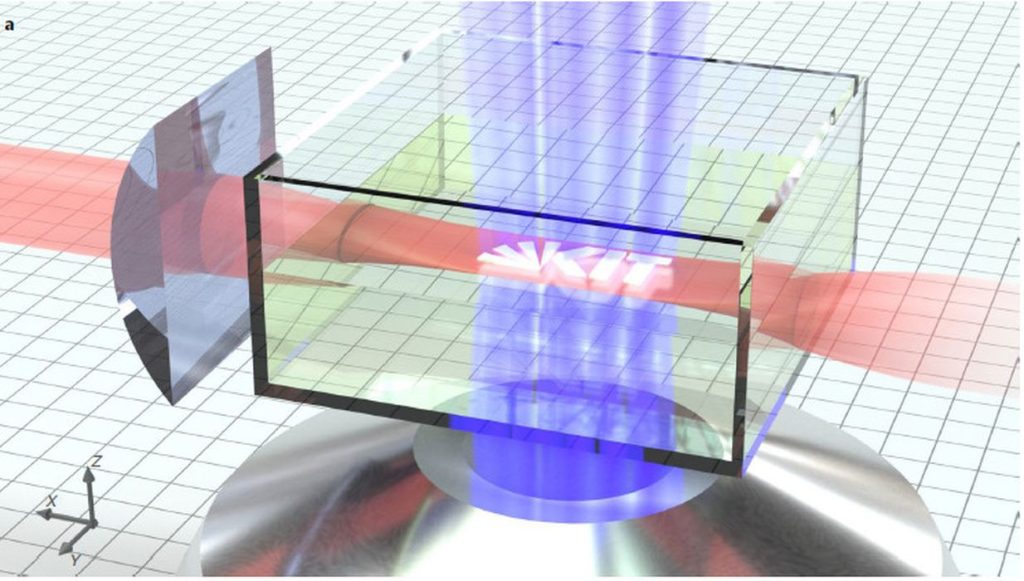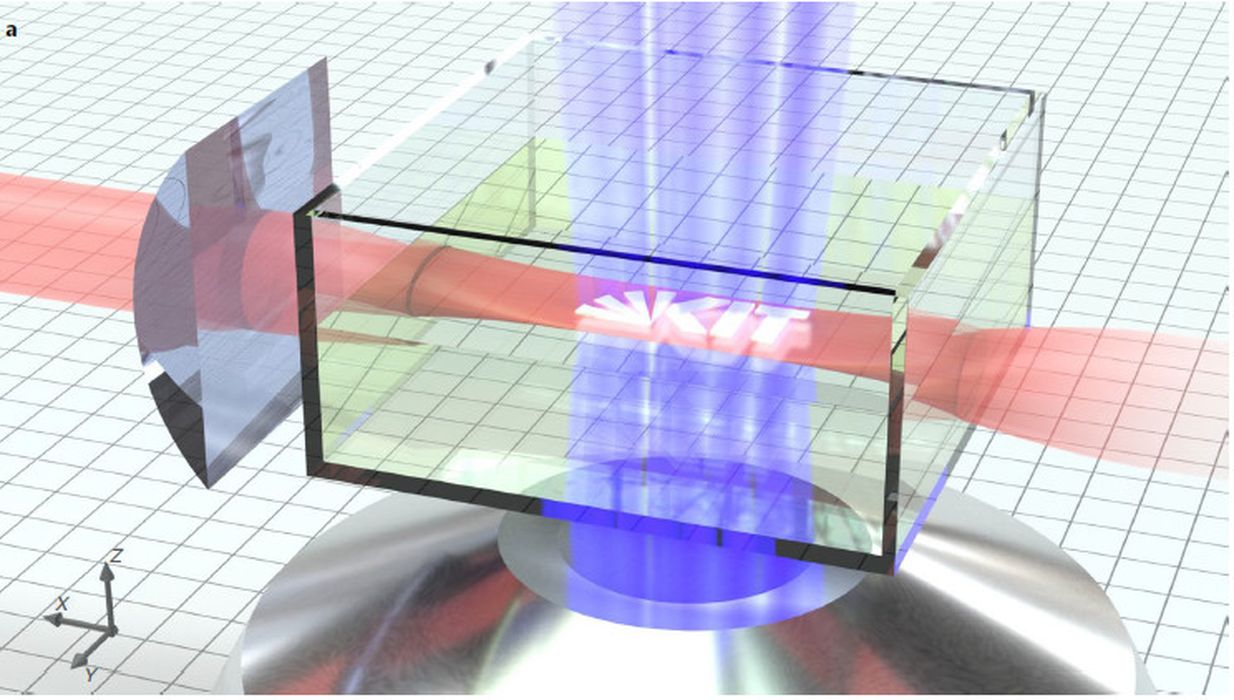
Light-sheet technology prints micrometer-sized parts in milliseconds.
3D printing has many advantages as a rapid prototyping technology. However, most 3D printing machines take minutes to build each layer, and hours to print complete parts. Faster printing is one goal for many of these systems, as it would allow the technology to better compete with processes like injection molding, which have cycle times of seconds, not hours.
A recent project from researchers at the Karlsruhe Institute of Technology (KIT), Queensland University of Technology (QUT) and Heidelberg University takes steps in this direction.
Researchers began with evidence that optical-based resin curing systems were currently the fastest set of 3D printing machines. Within these, printers that project an image performed better in terms of speed and cost than scanning-based optical systems, although these scanning systems achieved smaller voxel volumes for higher resolution.
So, to develop a solution that offers high speed and high resolution, the researchers developed a two-color, two-laser, two-step system that delivers a peak printing rate of 7 × 106 voxels s–1 at a voxel volume of 0.55 μm3.
The team developed resins to use for the project so they could fine-tune the way the resins would initiate polymerization in response to the wavelengths of light.
In the light-sheet printing system, blue light was projected into a container filled with the developed liquid resin monomer. The blue light preactivates the resin. In the second stage, a red laser beam provides the additional energy needed to cure the resin.
By developing the resin used for this project, the researchers were able to reduce the curing time needed between layers, during which the resin returns to its original state from the preactivated state. This is how the team achieved a high printing speed. “For the resin we used, the return time was less than 100 microseconds, which allows for high printing speeds,” says author Vincent Hahn from KIT’s Institute of Applied Physics.
Researchers built a specialized printer to demonstrate the capabilities of this new resin with the two-laser approach. The printer uses blue laser diodes to project images into the resin for each layer of the part, then the red laser is formed into a thin “light-sheet” beam and crosses the blue light to cure the layer.
Read the rest at ENGINEERING.com

